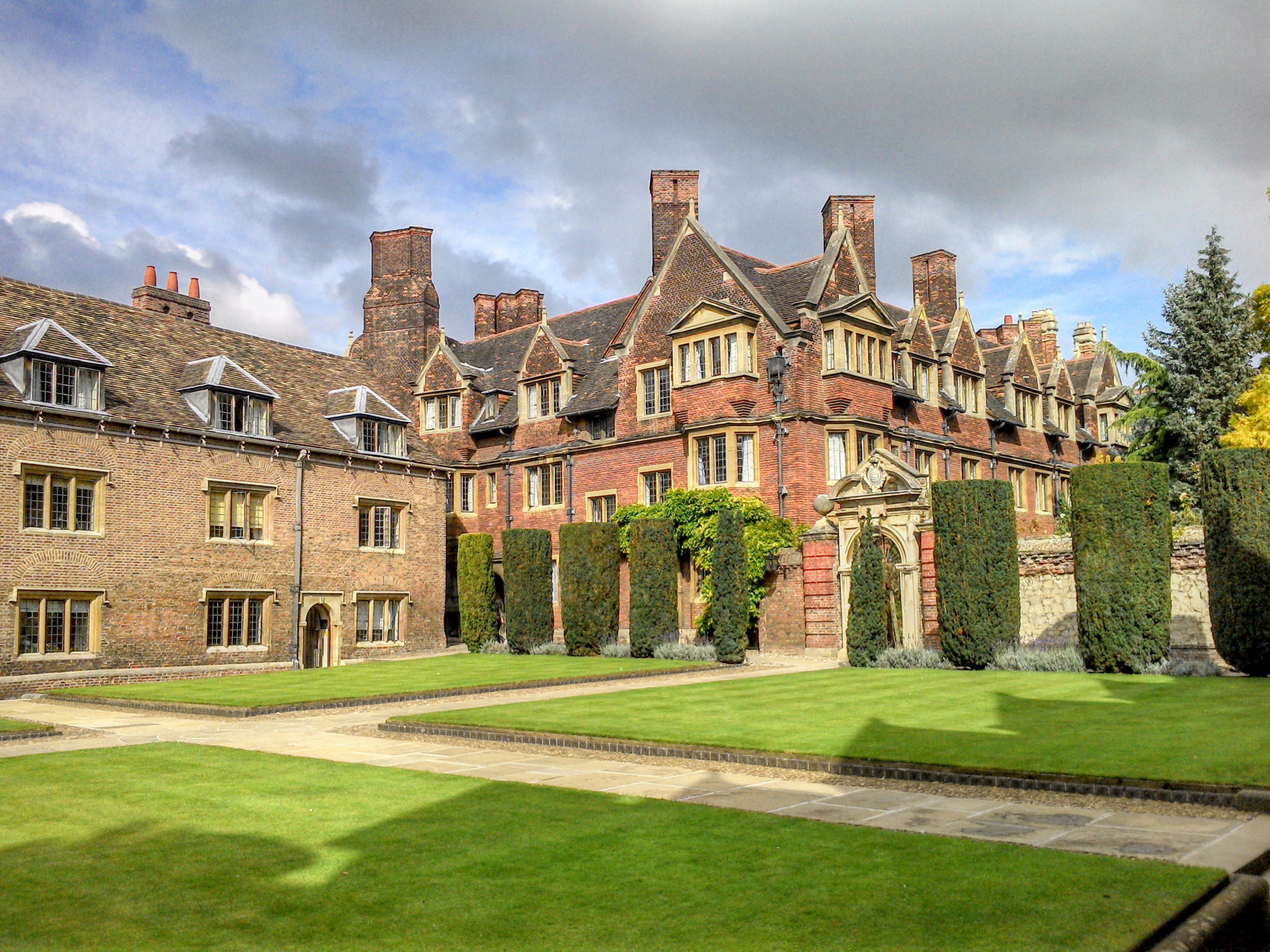Sitting on History
This week Kit takes a look at the amazing cushions found in Pembroke's Chapel

The Pembroke College Chapel has stood for around 350 years. Gifted to the College by Matthew Wren after a promise he made during his imprisonment in the Tower of London, the Chapel is renowned for being the first building designed by Matthew’s nephew, Sir Christopher Wren. However, arguably the Chapel’s greatest treasures sit unassumingly underneath the noses of the congregation: the cushions.
Commissioned by Matthew Wren, it is thought that they were made either before he was imprisoned in the Tower between 1638 and 1641 or after his release in 1660. The latter seems most likely as the number of cushions, 28, directly corresponds with the number of stalls in the Chapel. Decorated with Matthew Wren’s coat of arms and his episcopal shield, the cushions were given to the College, along with the Chapel, in his will.
What makes the cushions so rare, aside from their age, is that they are made from Turkey Work. Turkey Work got its name from the way the weavers mimicked the unusual style of Turkish  carpets. Surviving examples of this style of embroidery have become much rarer over the centuries with no other examples now existing in Cambridge. Very few covers are on display elsewhere let alone that are still in use like the Wren cushions which were still being used as hassocks and to sit on until very
carpets. Surviving examples of this style of embroidery have become much rarer over the centuries with no other examples now existing in Cambridge. Very few covers are on display elsewhere let alone that are still in use like the Wren cushions which were still being used as hassocks and to sit on until very
recently, with the Dean now placing signs to discourage such use.
Over the years, the cushions have required work doing with careful repairs being made to stabilise the holes made by moths and wear. Damage to the cushions has also come over the years, in the form of the iron, used in the black dye, oxidising and corroding the material away. Despite the years and the sunlight from the Chapel windows, it is extraordinary how well the colours of the cushions have remained so vibrant.
 The Dean, James Gardom, recently invited an expert in textiles from the Fitzwilliam Museum to examine the cushions and recommend a course of action regarding preserving them for the future. She recommended the name of a conservator who should be able to repair the existing damage and stabilise the cushions. The Dean also hopes that the conservator might be able to suggest how best to protect the set without requiring that they be stored away, because he feels it is very important that the cushions remain on display with the Chapel rather than being consigned to cupboards and lost to the public.
The Dean, James Gardom, recently invited an expert in textiles from the Fitzwilliam Museum to examine the cushions and recommend a course of action regarding preserving them for the future. She recommended the name of a conservator who should be able to repair the existing damage and stabilise the cushions. The Dean also hopes that the conservator might be able to suggest how best to protect the set without requiring that they be stored away, because he feels it is very important that the cushions remain on display with the Chapel rather than being consigned to cupboards and lost to the public.
Hopefully, a course will be settled on in the near future as to the best way to restore these important cushions to their glory. In the meantime, they will remain on the pews for our visitors to admire.
